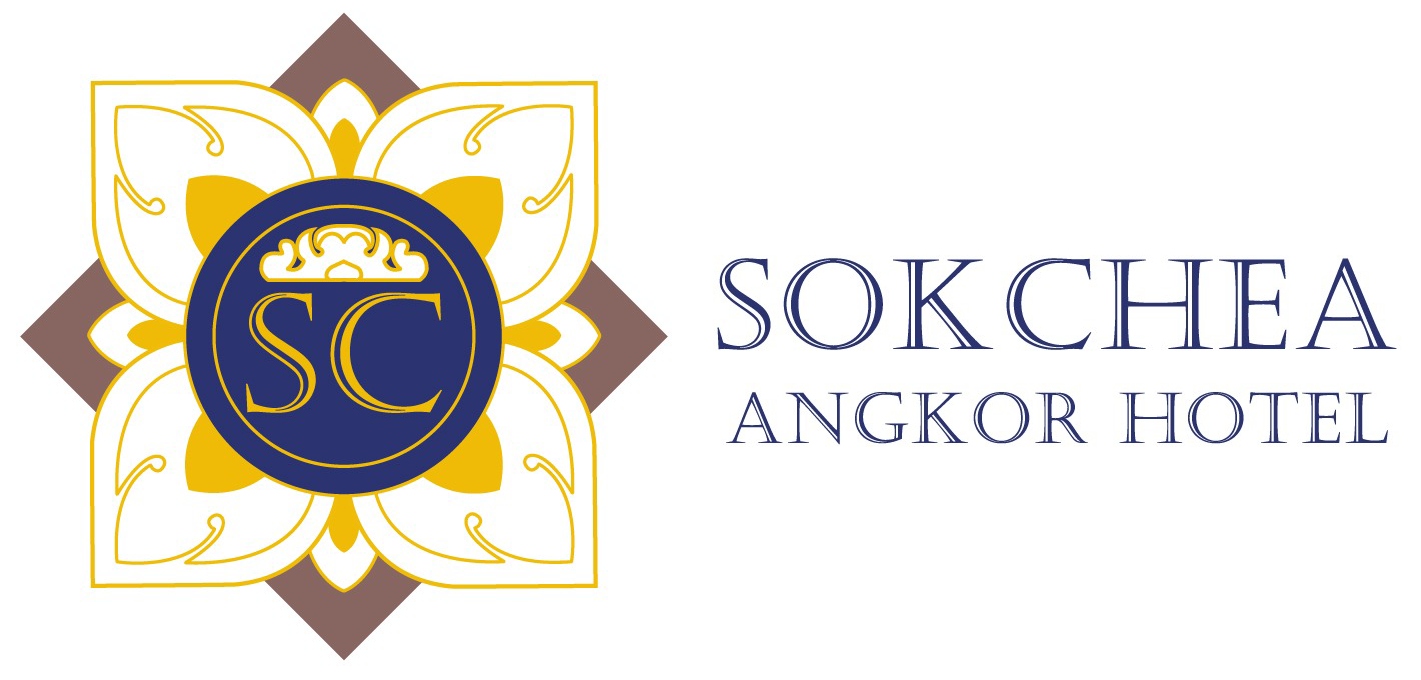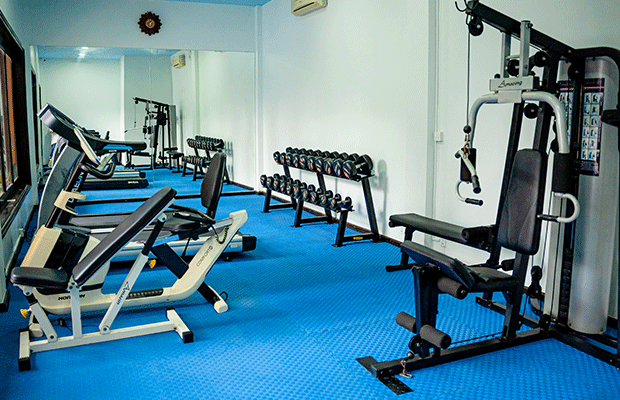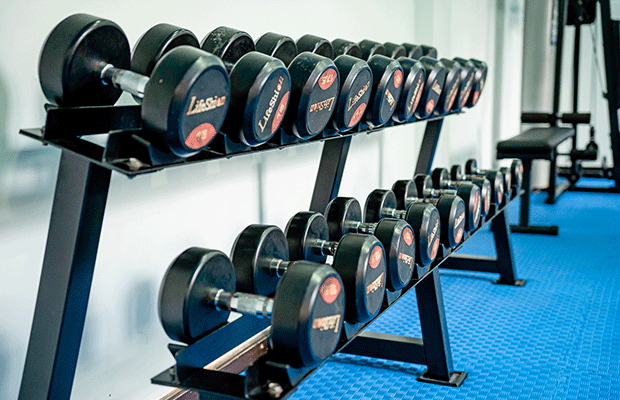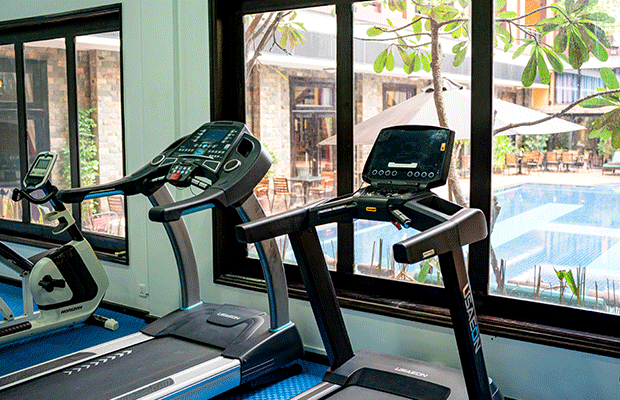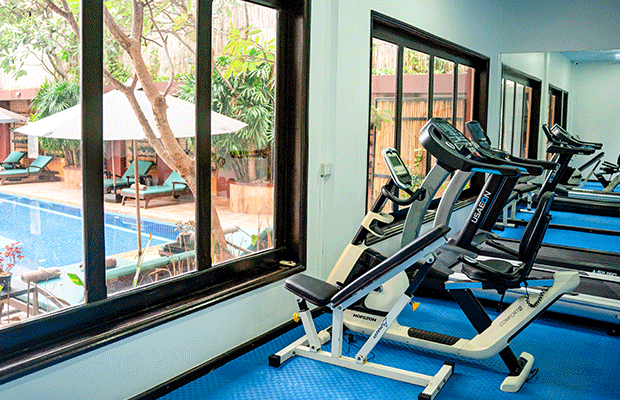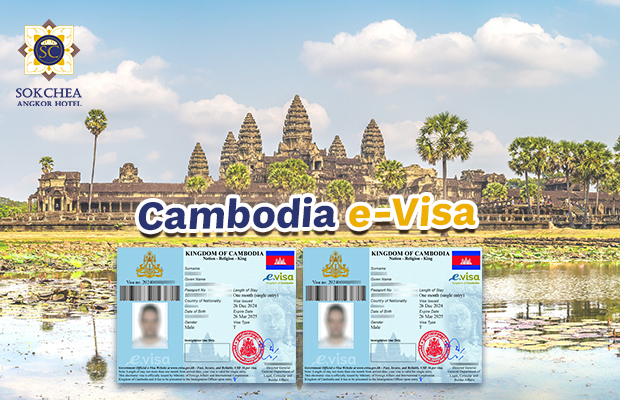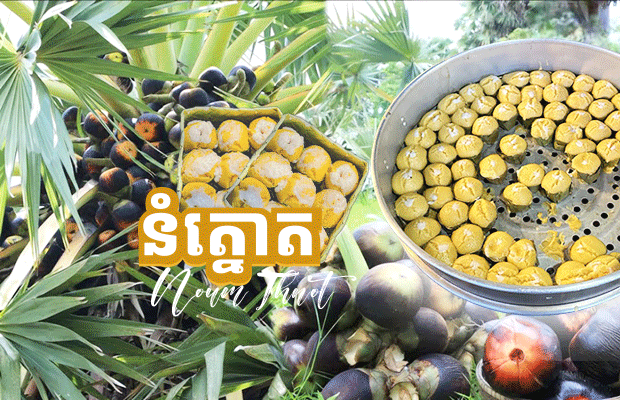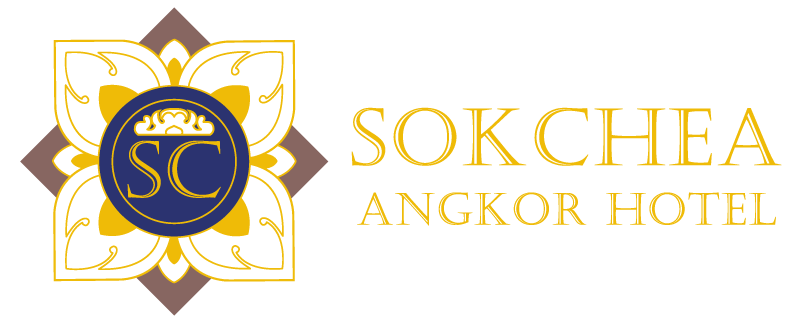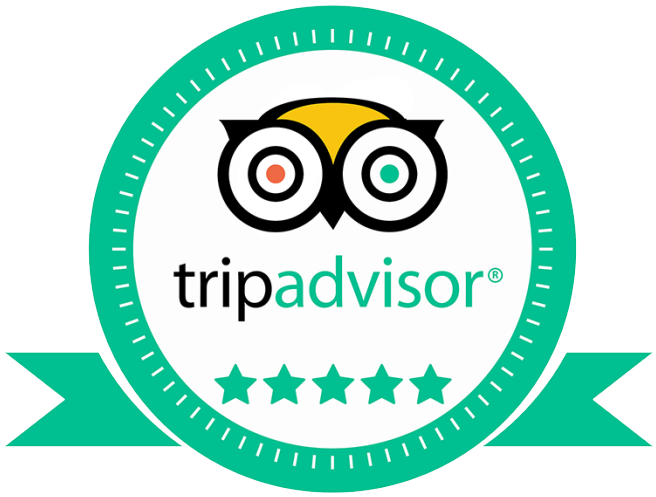When visiting Angkor Wat in 2025, choosing the right transportation can enhance your overall experience, and the good news is there’s something for every budget and travel style. For comfort and flexibility, hiring a private Tuk-Tuk is one of the most popular choices, costing around $15 to $25 USD per day, with a small extra fee for sunrise tours. It’s a scenic and authentic way to explore the temples while staying cool with the breeze and occasional cold water provided by the driver. For those seeking more comfort—especially families or couples—private cars with drivers are available for $35 to $60 USD per day, offering air-conditioning and a smoother ride across longer distances. If you prefer a more guided experience, group tours typically cost $25 to $40 USD per person, while private guided tours with a vehicle can range from $60 to $120 USD, depending on the level of service and number of travelers. Adventurous and budget-conscious travelers might enjoy bicycle rentals, which cost only $2 to $5 USD per day, or e-bikes for around $10 to $15 USD, providing a more sustainable and flexible way to roam the park—though the heat and long distances should be considered. Motorbike rentals are another option at about $8 to $15 USD, but keep in mind that riding them inside the Angkor complex is restricted for tourists. For eco-conscious visitors, electric tuk-tuks or small EV cars are becoming more common, priced around $25 to $40 USD per day, and offer a quieter, greener way to travel. No matter which mode you choose, it’s best to start early in the morning to beat the heat and crowds—and always carry water, sunscreen, and a sense of wonder.
